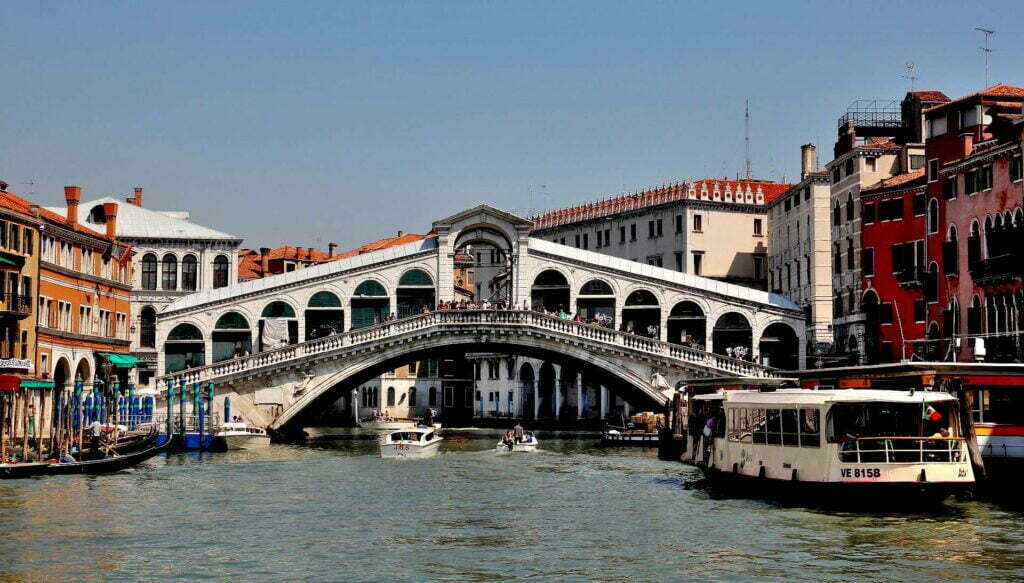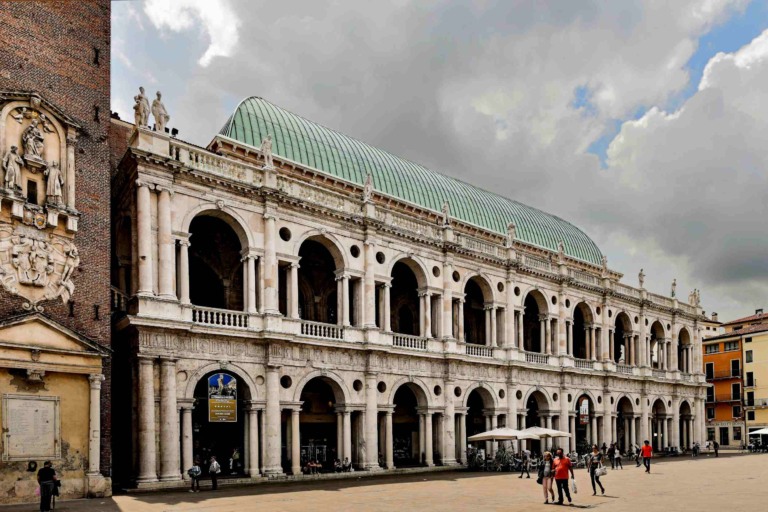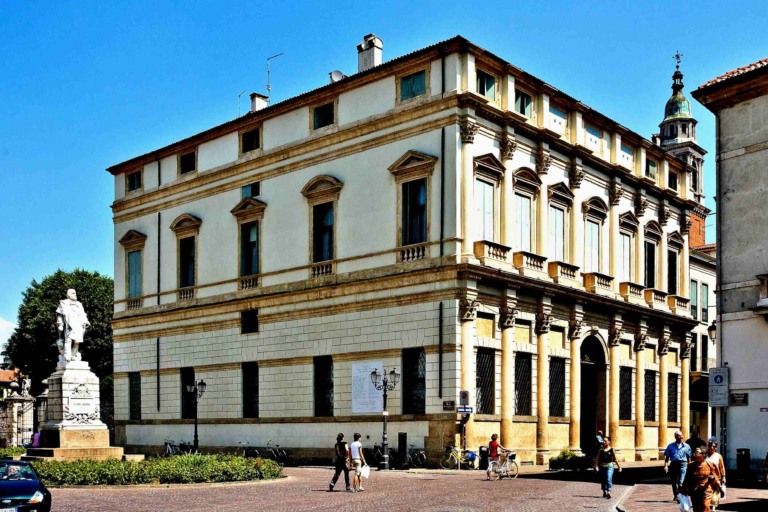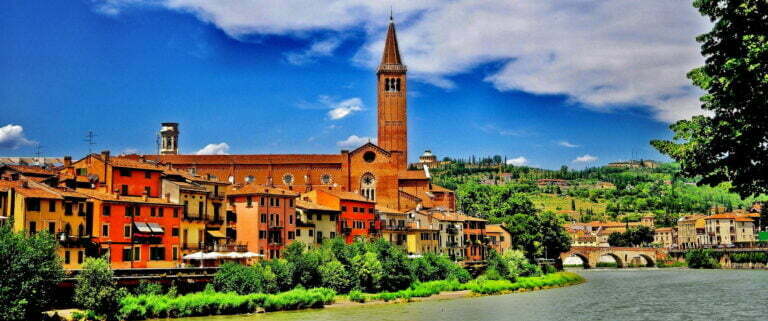Venice and its Lagoon, located in northeastern Italy, are a UNESCO World Heritage Site renowned for their unique urban and cultural heritage as well as their ecological significance. The history of Venice is a fascinating tale of a city built on water, cultural exchange, trade, and artistic achievement. Here’s an overview of Venice’s history and its iconic lagoon:
Venice and its Lagoon and its History
1. Early History and Foundation: Venice’s history dates back to the 5th century AD, when people sought refuge from invading barbarian tribes on the islands of the Venetian Lagoon. The city’s unique setting on a series of islands connected by canals and bridges fostered the development of a distinct maritime culture and way of life.
2. Rise of a Maritime Power: Venice grew into a powerful maritime republic during the Middle Ages, driven by its strategic location and trade routes between Europe and the East. The Venetian Republic established colonies and trading posts throughout the Mediterranean, including in modern-day Greece, Cyprus, and the Middle East.
3. Artistic and Cultural Flourishing: Venice was a major center for art, architecture, and culture during the Renaissance. The city was home to famous artists like Titian, Tintoretto, and Veronese, and its architecture and artistry contributed to its reputation as a “City of Canals” and the “Queen of the Adriatic.”
4. Decline and Fall: As maritime trade routes shifted and the Ottoman Empire expanded, Venice’s dominance declined. The discovery of the New World further altered trade patterns. In 1797, Napoleon Bonaparte conquered Venice, marking the end of the Venetian Republic. The city then came under Austrian rule and later became part of the Kingdom of Italy.
5. Famous Places in Venice (Venice Today): Venice remains a captivating destination, celebrated for its historic architecture, unique urban layout, and vibrant cultural scene. St. Mark’s Square (Piazza San Marco), the Grand Canal, the Rialto Bridge, and the Doge’s Palace are among the city’s most iconic landmarks. Gondola rides, traditional glass-making on the island of Murano, and the Venice Film Festival are popular attractions.
6. Venice and its Lagoon: The city of Venice is built on 118 small islands within the Venetian Lagoon, an enclosed bay connected to the Adriatic Sea. The lagoon’s complex ecosystem and aquatic habitats have been shaped by the interaction between the city, the sea, and the surrounding environment.
Today, Venice continues to draw millions of visitors who are captivated by its unique beauty, architectural wonders, and rich history. However, the city also faces challenges such as rising sea levels, overtourism, and the need for ongoing preservation efforts to maintain its cultural and ecological heritage for future generations.
Things to do around Venice Italy
Venice Italy Tourist Attraction: Things to do around Venice and its Lagoon! Exploring the areas around Venice and its lagoon offers a chance to discover diverse landscapes, charming towns, and unique cultural experiences. Here are some wonderful things to do around Venice and its lagoon:
7. Murano and Burano Islands: Take a short boat ride to Murano, famous for its glassblowing tradition, and witness glass artisans creating intricate works. Burano, known for its colorful houses and lace-making heritage, is another nearby island worth visiting.
8. Torcello Island: This peaceful island features the stunning Byzantine Basilica of Santa Maria Assunta with its striking mosaics. It’s a great place to escape the crowds and enjoy the tranquility.
9. Lido di Venezia: This barrier island is known for its sandy beaches and elegant architecture. It’s a popular spot for swimming, sunbathing, and cycling. The Venice Film Festival takes place on Lido each year.
10. Chioggia: Often referred to as “Little Venice,” Chioggia offers a charming and quieter alternative to its more famous counterpart. Explore its canals, marketplaces, and historic buildings.
11. Jesolo: A popular seaside resort near Venice, Jesolo offers a long stretch of sandy beach, along with restaurants, bars, and entertainment options.
12. Padua (Padova): A short train ride from Venice, Padua boasts impressive architecture, including the Basilica of Saint Anthony, and the Scrovegni Chapel with its stunning frescoes by Giotto.
13. Verona: This romantic city, known as the setting for Shakespeare’s “Romeo and Juliet,” is another accessible day trip from Venice. Explore the historic center, the Arena di Verona, and Juliet’s balcony.
14. The Venetian Villas: Venture into the Veneto region to discover beautiful Venetian villas. Villa Emo, Villa Pisani, and Villa Foscari (La Malcontenta) are just a few examples.
15. Cycling and Kayaking: Explore the lagoon’s natural beauty by renting bicycles or kayaks to navigate the waterways and discover the lagoon’s unique ecosystems.
16. Wine Tasting: Explore the wine regions near Venice, such as the Prosecco region. Take guided tours of vineyards and enjoy tastings of local wines.
17. Culinary Experiences: Indulge in local cuisine by joining cooking classes, visiting traditional trattorias, and trying Venetian specialties like cicchetti (small tapas-like dishes).
18. Golf: Play a round of golf at one of the golf courses around the lagoon, offering picturesque views as you enjoy the game.
These activities offer a well-rounded experience of the Venetian region, combining cultural exploration, relaxation, and opportunities to connect with the local lifestyle and natural beauty.
How to get to Venice and its Lagoon from Rome
Traveling from Rome to Venice and its lagoon is quite straightforward, with several transportation options available. Here are the most common ways to get to Venice from Rome:
19. Train: Taking the train is one of the most popular and efficient ways to travel between Rome and Venice. High-speed trains operated by Trenitalia and Italo connect the two cities. The journey takes approximately 2.5 to 3.5 hours, depending on the type of train and the route. Trains depart from Roma Termini station in Rome and arrive at Venezia Santa Lucia station in Venice.
20. Flight: While flying between Rome and Venice is an option, it’s generally not recommended due to the relatively short distance and the time it takes to get to and from airports, go through security, and check-in. However, if you’re short on time or can find a good deal, you might consider this option. Flights usually depart from Rome’s Fiumicino Airport (Leonardo da Vinci) and arrive at Venice’s Marco Polo Airport.
21. Bus: Buses also connect Rome and Venice, but they are generally slower than trains. The journey can take around 5 to 7 hours, depending on traffic and the route. Buses usually depart from Rome’s Tiburtina station and arrive at various points in Venice.
22. Car: If you prefer to drive, you can rent a car and take the A1 Autostrada del Sole, which is the main highway connecting Rome and Venice. The distance is approximately 525 kilometers (326 miles), and the journey takes around 5 to 6 hours, depending on traffic and stops.
23. Night Train: Some overnight trains are available between Rome and Venice. These can be a convenient option if you want to save time during the day and also save on accommodation costs for one night.
The train is often the most recommended option due to its speed, convenience, and scenic route through the Italian countryside. Be sure to check schedules and book your tickets in advance, especially during peak travel seasons. Regardless of the mode of transportation you choose, traveling from Rome to Venice offers the opportunity to experience the diversity and beauty of Italy’s landscapes and cultures.




